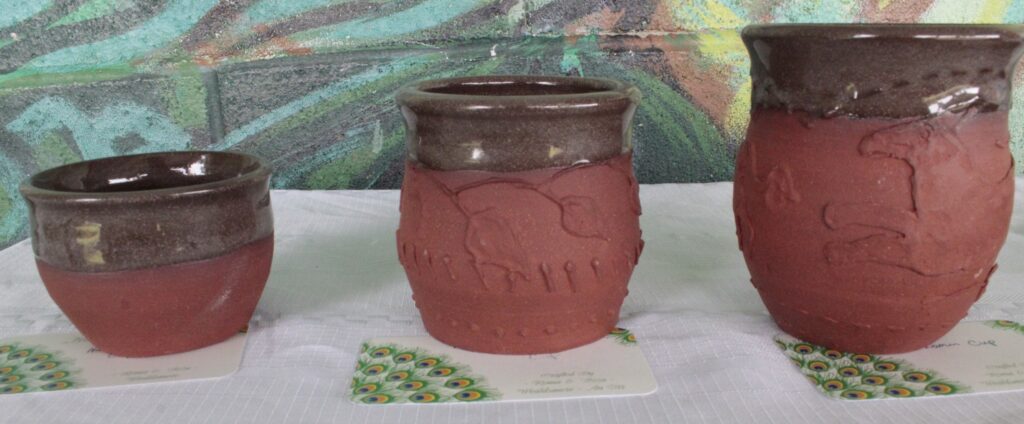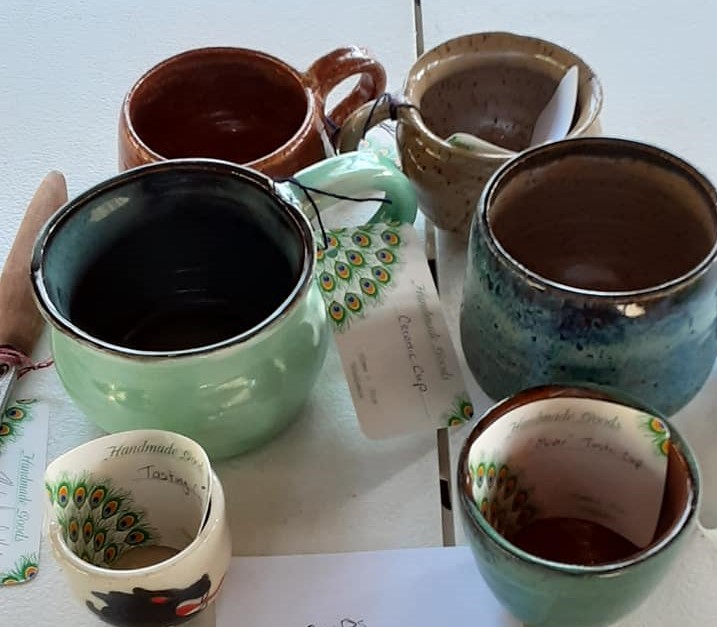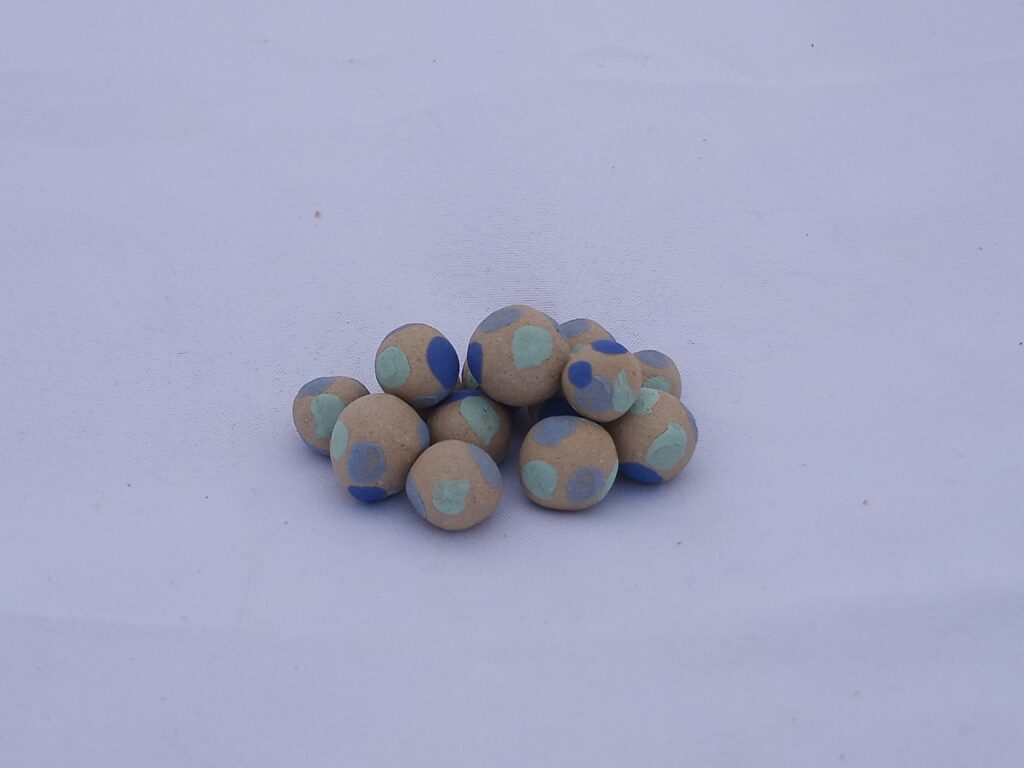As you have likely gathered if you have read some of our other posts we are both members of the Society for Creative Anachronism (SCA). This is an educational non-profit “pursuing research and re-creation of pre-seventeenth century skills, arts, combat and culture”. As part of this group we have not only made great connections, but we have learned many different arts and making skills from others in the group. The members of this group are a diverse group with a diverse interest and a wonderful willingness to share not only their crafts, but also the knowledge on how to do them yourself if you wish.
Like any non-profit events and other activities are not possible without a large host of volunteers. While it is important to express thanks to volunteers in words and actions, it is also nice to be able to give a small gift of appreciation to the individuals who help make the events run.
To this end there is a tradition in the SCA called Largess. Largess are small tokens or presents which are given to show appreciation. It can be appreciation for performing tasks great and small, or appreciation for a new individual for coming and experiencing the SCA for the first time. These tokens are gifted by members to the heads of the local or regional groups. These gifts are then distributed as thanks to those in the local, regional, or even global group.
Feeling appreciated is always nice, and we are always trying to learn new things and often have more of our practice pieces, which are good, but not quite what we were working towards. By gifting these handmade items to the group we are able to both help people feel welcome and appreciated and stop my house from being overrun by errant pottery and other crafts.
These tokens can be any manner of items, but we tend to focus on our interests and try to make items that would be liked by a wide variety of individuals. The items requested are ones that would fit in with the theme of the group. This means as much as possible sticking to natural fibers and colors and items which would have been found between 400AC and 1600AD. This leaves a lot of room for a variety of items.
Below are some of the items we have made.
Pottery
Pottery has been around for thousands of years. People need to eat and drink and plates and cups make that a lot easier and dirt/clay is everywhere. This make pottery one of the easier items to donate in the groups theme. There are various items which can me made and they can be focused on different groups and ages.
Cups
Once there was an individual who lived in California who was the current leader of that group. She asked for donations of hats and cups to give out as thanks for newcomers to provide a warm hat for their head and a cup to share a drink with their new friends. I loved this idea and since cups are fun to make and study, while they have been around for as long as humankind they are as varied as their makers.


Other Items
Games
Many of the games which we can find of the shelves of the modern store have their roots, or are from history. Chess, Mancala, Backgammon, etc.. are some of the more common ones, but there are many others that owe their start to our ancestors. For game/toy tokens we try to choose small games which can conveniently fit in a small bag and tucked away for bringing to an event, or playing on the go. We try to find a game which, while familiar is still different then something which the person receiving the token may know giving the excitement of playing something new. One of the items Casey made was a bag with dice and a booklet of several games, , and some glass beads to use as counters. Folded up it takes up less room then a deck of cards, but contains almost a dozen games including the variation rules.

Toys
Children in the SCA there are some of the best most well-behaved humans we have met. Willing to lend a hand or do some errand that needs done. These deeds are deserving of thanks and an occasional gift. Small little items, especially those are quiet and which can keep a kid busy during the dull times of setting up and tearing down an event, are always welcome. Many of the non-electronic toys which are around today have been around or have their roots in the past. There is a painting called Children’s Games by Pieter Bruegel from 1560. If you look closely at this painting you can find a number of familiar toys which can give you a good idea of where to start.